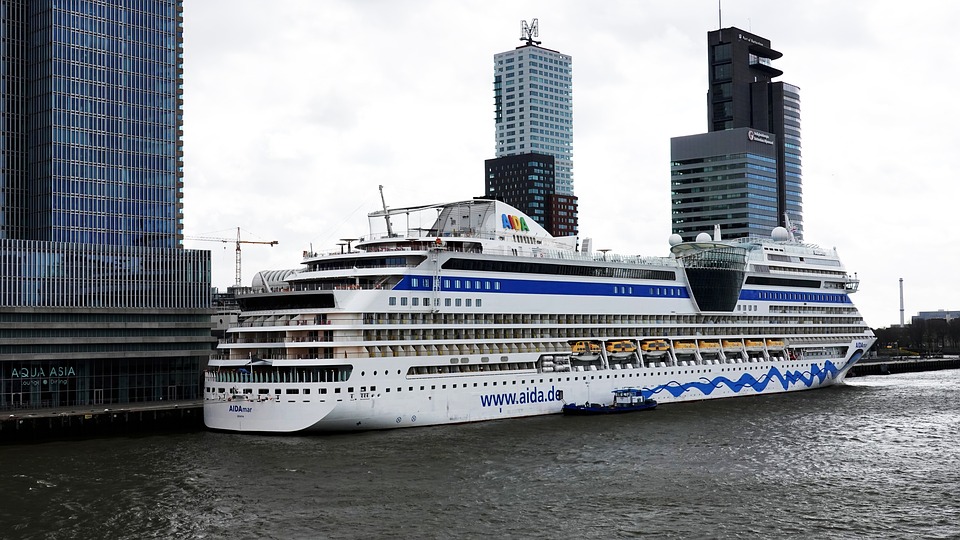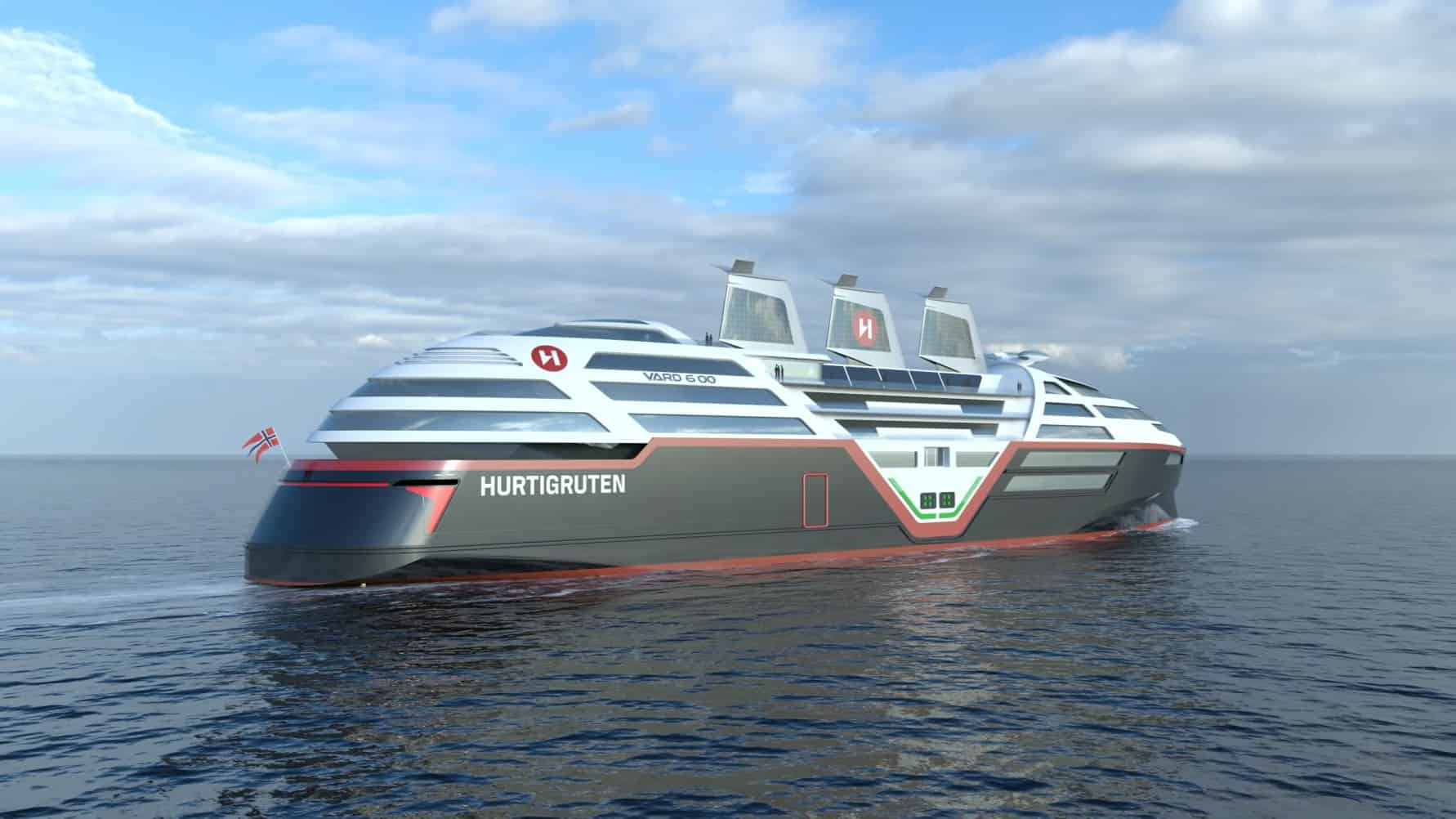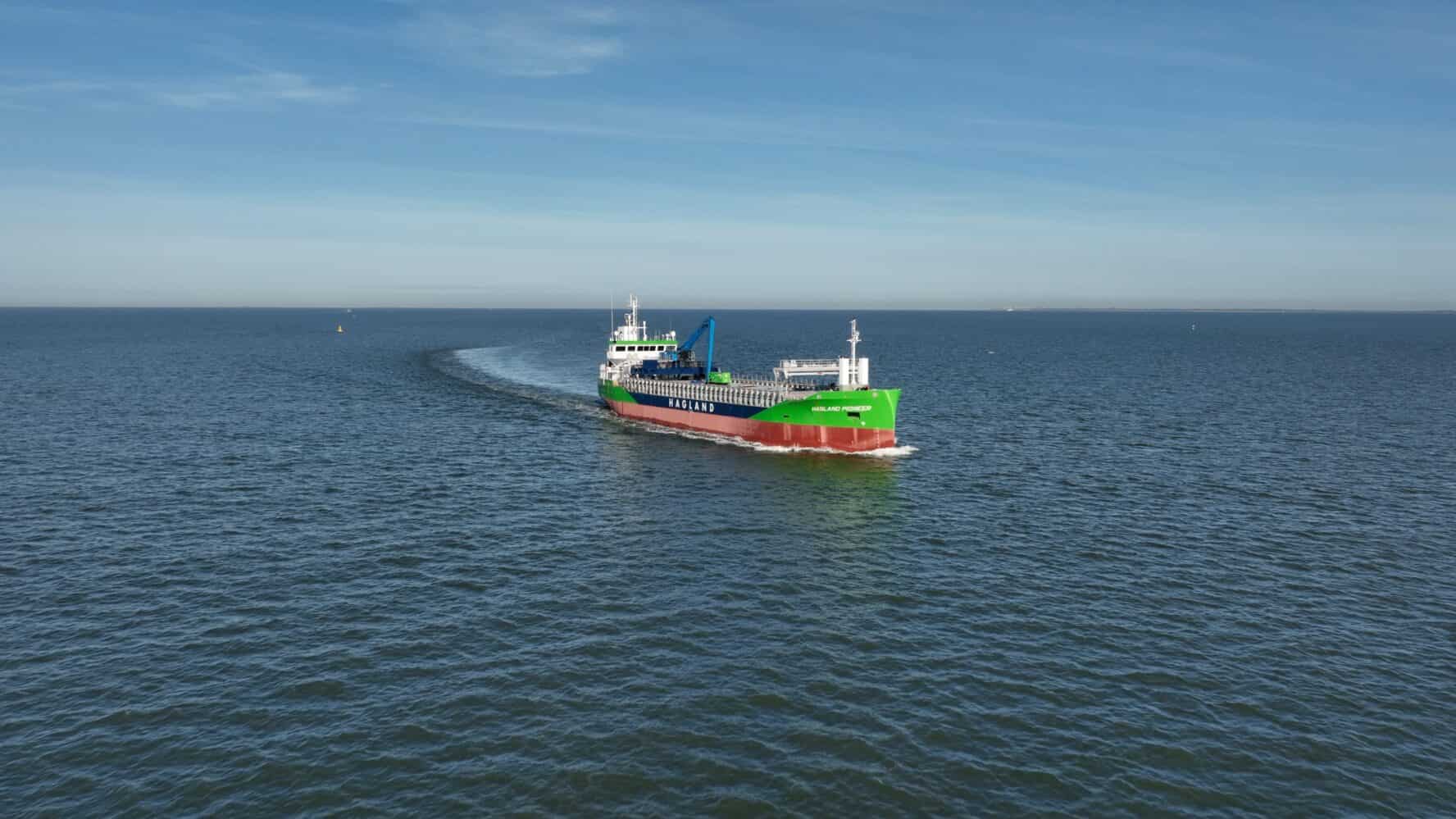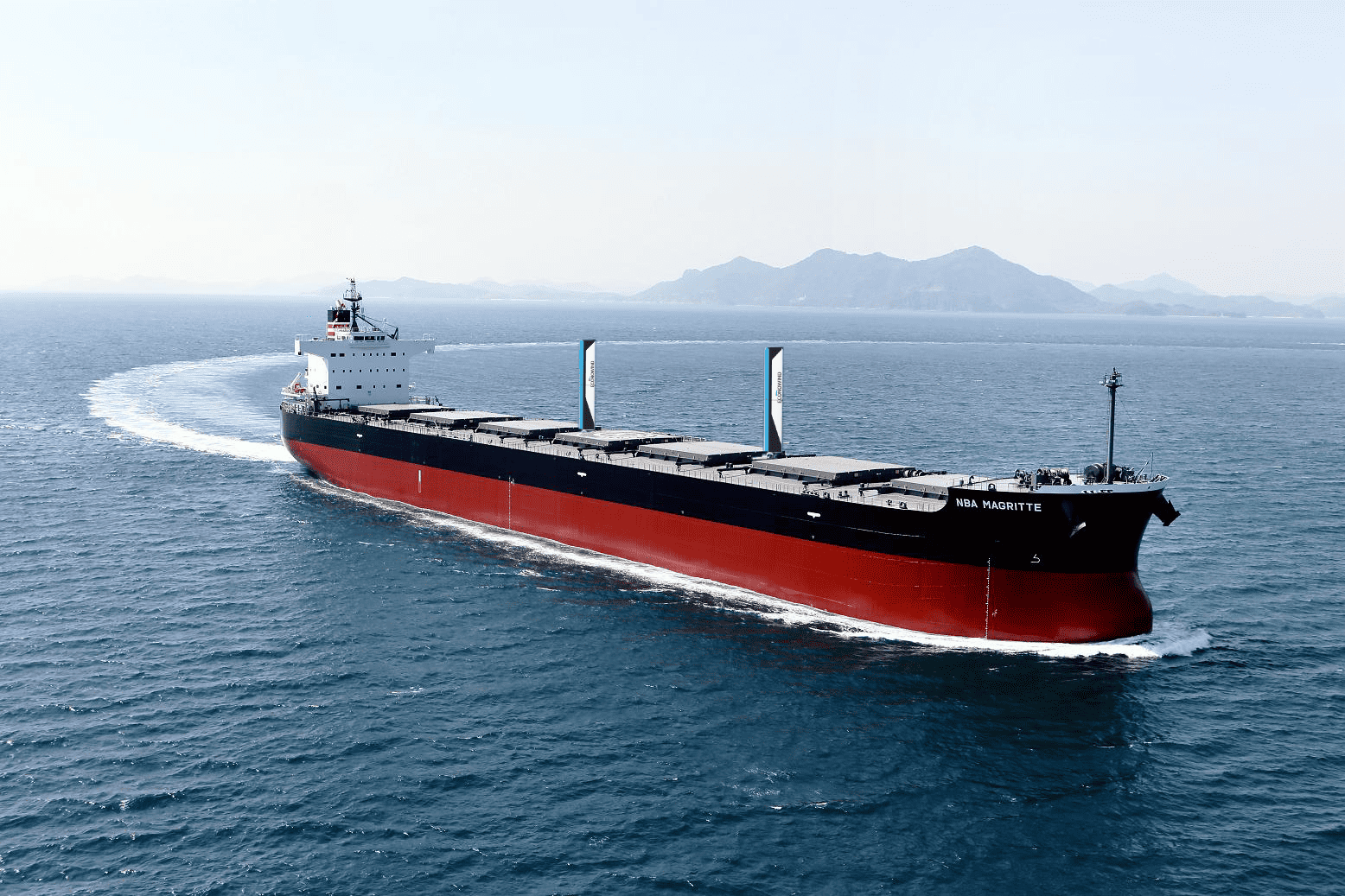
Shore-based power for ships is not a new concept. At least not in the case of inland shipping. The use of clean shore-based power is already mandatory onshore instead of the stench and racket caused by generators. Rotterdam is one of the ports that is leading the way in achieving this reduction in CO₂ emissions for seagoing vessels too.
It is in line with the commitment of the International Maritime Organization to halve CO₂ emissions from shipping by 2050 in comparison to 2008. Stena Line ( Hoek van Holland, ferries) and Heerema ( Landtong Rozenburg, offshore facilitators) are now the only two of the 150 waterfront terminals in Rotterdam equipped with shore-based power for maritime vessels.
The Rotterdam Port Authority has announced that more are to follow. Quayside power also needs to be available for the container, cruise and wet bulk sectors. To that end, the Port Authority and the municipality of Rotterdam have started studies at the ECT, APMT2, Vopak and Cruise Port Rotterdam terminals. This research into the introduction of shore-based power to the Port of Rotterdam has been made possible in part by a subsidy from the EU.
Integrating shore-based power
Preparations are underway for the installation of onshore power at ECT (Amazonehaven), APMT2 (Amaliahaven) Vopak (Botlek) and Cruiseport Rotterdam (Wilhelminakade). This entails research, detailed technical, environmental and social cost-benefit studies as well as tendering and permit procedures.
During the studies, the main focus will be on how shore-based power equipment can be fitted into daily routines and regular operations. Key factors here include the dimensions of the equipment itself, the amount of space required on the wharves and how everything can be integrated into the existing electricity grid.
The studies at Cruiseport Rotterdam are already at an advanced stage. The aim is to complete all of the studies by 2023. The next stage involves the realization of shore-based power at designated locations in the Port of Rotterdam based on the results of the research. In the first instance, these will be the same as those from the studies.
Shore-based power is expensive for maritime shipping
Once a onshore power system is ready, it is expected that dozens of seagoing ships per year will use the new facility straight away. This will eventually expand to hundreds of ship calls per year as more ships and berths become ‘plug-proof’.
Spokesperson Tie Schellekens of the Port Authority explains why maritime shipping is lagging behind inland shipping. According to him, switching to shore-based power is more complex and a lot more expensive.
“Inland shipping is still fairly manageable, it’s doable. As far as maritime shipping is concerned, we will start with the Stena Line shipping company. It is relatively easy for their ships because they sail a set route. Generally speaking, however, there are quite a few obstacles. Many seagoing vessels do not yet have a connection on board for onshore power. For these seagoing vessels, shore-based power is an expensive provision. Seagoing vessels just need a lot more power than inland vessels.”
Consumption is as much as a large city
The total energy demand and consequently the consumption of seagoing ships in the port is 750 to 850GWh per year, the Port Authority has estimated. That is as much as roughly the consumption of 250,000 households, slightly less than there are in The Hague. Schellekens points out that cruise ships in particular are huge energy guzzlers. “They’re basically just small villages that you have to supply with electricity.”
Shore-based power will also require two parties to ensure that the electricity supply works properly. It is only possible if shipping companies are willing to invest in modified ships and ports or terminals in shore-based power on the quay. Inland vessels are already prohibited from using a generator when berthed. Seagoing ships are a different story. Shore-based power cables and connections have to be fitted into tight and busy container wharves.
“Shore-based power for seagoing vessels is a custom operation. An offshore pipelayer uses considerably more power than a ship carrying dry bulk.”
Shipowners seek certainty
Given the large investment, shipowners also want to be sure that their ships are able to use onshore power. That is why Rotterdam is working with other international ports and terminals on the development and planning of shore-based power facilities.
By coordinating these efforts, owners of container ships, cruise ships and ferries will have a clearer idea of where and when their ships will be able to plug into the grid. The intention is that the ports of Rotterdam, Antwerp, Hamburg, Bremen and Le Havre will have introduced shore-based power by 2028 at the latest.
For Rotterdam, the ambition is to connect at least 90 % of offshore, ferries, cruise and roll-on-roll-off ships and container ships to shore-based power by 2030. This will save the emissions of about 200,000 tonnes of CO₂ and 2,500 tonnes of nitrogen per year.
Differences per segment
But how readily are shipowners cooperating now? Can an old tub sail into the port under a cheap flag in the meantime? Schellekens: “Ships arriving in Rotterdam have to run on low-sulfur marine oil in any event. There is still a long way to go.”
“Converting the existing ships is relatively costly, but newly built ships are increasingly being completed with a provision for onshore power supply. At the moment only a small proportion of seagoing vessels are ‘onshore power-ready’.”
“This also varies depending on the segment. For example, about 28 % of cruise ship calls – 43 % of berth time – were suitable for onshore power in 2019. For container ships, it’s about 20 % – 25 %, depending on their size and age. We still see hardly any onshore power capability in the wet bulk segment. In the case of ultra-large container ships, that is 14,500 TEU or more, 70 % of the ships are equipped with onshore power on board. However, shipping companies want to have clarity as to when they can use onshore power and plan for ship conversions five years ahead.”
Also interesting: Ammonia is the key to sustainable maritime shipping








